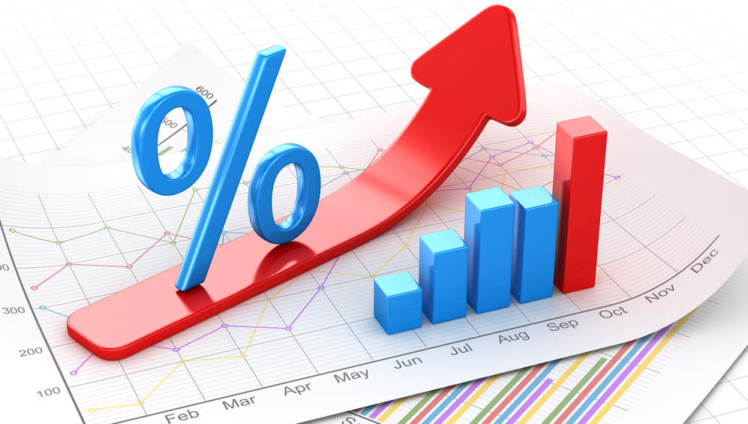Ghana’s policy interest rate of 14.50% is ranked second highest in Sub-Saharan Africa, according to Fitch Solutions tracker of policy rates.
This makes cost of borrowing in the West Africa country quiet expensive.
According to the rankings, Central African nation, Angola has the highest policy rate of 15.5%.
Gabon and Cameroon on the other hand have the lowest policy interest rates of 2.95% respectively in Sub-Saharan Africa. This means that lending rates are very low in these countries, making cost of doing business very cheap.
Neighboring Ivory Coast and Nigeria which has a number of its lenders operating subsidiaries in Ghana have much lower policy interest rates, making their markets attractive to businesses than Ghana.
On the other hand, South Africa with the most attractive banking environment in Africa has a base interest rate of 3.25 percent.
From the July 2020 Summary of Economic and Financial Data, Ghana’s cost of borrowing was about 21 percent on the average.
Many market watchers and analysts see it as a major issue as it is the reason why Non Performing Loans is very high.
Beyond the cost of credit, access to credit is also a major issue, particularly, to most businesses.
But the banking players are mindful of the high NPLs and loan loss provisioning, cost of deposits, inflation, address system, amongst others.
Though the present Bank of Ghana leadership have done well to bring down the policy interest rate from 25.5% to the current 14.5%, a lot more work must be done to push lending rates below 20%.
Economist and Business School Lecturer, Dr. Lord Mensah tells Joy Business several bottlenecks must be removed before cost of borrowing can fall significantly.
“Until we structure our identification system very well it will be difficult to have a lower interest rate structure” Dr. Mensah said.
“But then, if you look at the lending rate, it’s not always the monetary policy rate that drives it. I mean the liquidity at the bank level is also important. So if the banks are not liquid enough, I don’t think that the economy will respond to the policy rate”, he emphasized.
Latest Stories
-
Colombia presidential hopeful shot in head at rally
16 minutes -
Rwanda pulls out of regional bloc over DR Congo row
18 minutes -
5 motorbikes, fufu pounding machine destroyed as fire guts mechanic shop at Kintampo
21 minutes -
Suspect who attacked JoyNews’ Latif Iddrisu during Wontumi protest arrested
30 minutes -
Gifty Anti honoured as Impactful Female Celebrity of the Year at inaugural Ghana Celebrity Impact Awards
58 minutes -
Ghana Hajj Board confirms death of seven pilgrims in 2025 pilgrimage
4 hours -
Both governments are responsible for contributing to the country’s energy insecurity through financial debt
4 hours -
Israel is accused of the gravest war crimes – how governments respond could haunt them for years to come
6 hours -
Liberia’s ex-speaker charged with arson over parliament fire
6 hours -
Help protect oceans for sustainable future – Dr. Agyekumhene
7 hours -
Portugal vs Spain Nations League final preview
7 hours -
Trump-Musk row fuels ‘biggest crisis ever’ at Nasa
8 hours -
Sir Sam Jonah’s blueprint: 10 keys to transform Ghanaian youth into nation builders
8 hours -
Sir Sam Jonah calls for urgent STEM prioritisation to develop Ghana
9 hours -
Gyakie makes Forbes Africa’s 30 Under 30 list for 2025
9 hours

